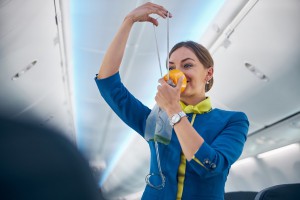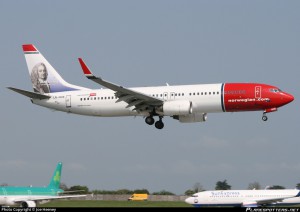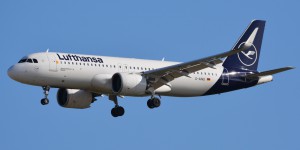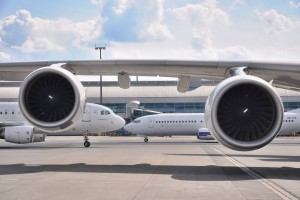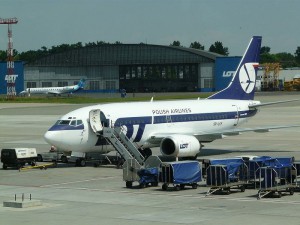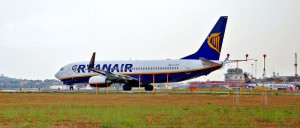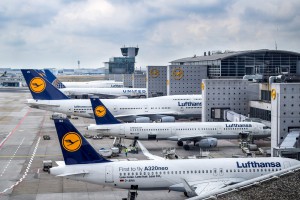Zarobki cabin crew:
W dzisiejszym poście opiszę, w jaki sposób wypłacane są wypłaty cabin crew i z czego się składają.
Wynagrodzenie stewardessy najczęściej składa się z:
- podstawy,
- nalotu,
- prowizji od sprzedaży na pokładzie,
- dodatków i diet.
Podstawa wygląda tak jak w każdej innej fimie i jest to kwota z góry wyznaczona, niezależnie od wylatanych godzin.
Wynagrodzenie za nalot: po osiągnieciu konkretnej liczby ilości godzin w powietrzu otrzymuje się dodatek do każdej godziny pracy. Firmy w zróżnicowany sposób dają wynagrodzenie za latanie, ale zazwyczaj jest to 20-30 godzin i po wylataniu tej ilości godzin stewardess/a dostaje dodatek do każdej godziny pracy.
Prowizja od sprzedaży na pokładzie: jest to odrębna część wypłaty, gdyż zależy ona od wielu czynników i nie jest zależna od firmy, czy od godzin pracy, a raczej od ilości sprzedanych produktów i tego, ile wynosi procent od sprzedaży. Każda linia lotnicza inaczej wymierza procent, ale zazwyczaj wynosi on około 2-4% od całego utargu.
Dodatki i diety: Dieta jest to nic innego jak wypłata za nieprzebywanie w bazie. Jeżeli załoga leci na pobyt za granicę kraju, za każdy dzień spędzony tam otrzymuje dodatek do wypłaty: dietę.
Podsumowanie wypłaty:
Średnia wypłata stewardessy w Polsce wynosi około 5000-8000 tysięcy. Jednak w zależności od grafiku, destynacji do jakich się wybieramy bądź pobytów może być ona wyższa bądź niższa.
Dodatkowo zamieszczam krótki filmik, który w bardzo dokładny sposób opisuje wypłaty w poszczególych liniach lotniczych:
https://www.youtube.com/watch?v=NX5Qq708JU4
ENG description
Cabin crew salaries:
In today’s post I will briefly describe how cabin crew salaries are paid and what they consist of.
A flight attendant’s salary usually consists of:
- base,
- flight hours,
- commission on sales on board,
- allowances and per diems.
The basic salary is the same as in any other company and is a fixed amount regardless of the number of hours flown.
Airfare wages: After reaching a certain number of hours in the air you will receive an allowance for each hour you work. Companies give flying pay in varying ways, but it is usually 20-30 hours and after flying that number of hours a flight attendant gets an allowance for each hour worked.
Onboard sales commission: this is a separate part of the paycheck, as it depends on many factors and is not dependent on the company or the hours worked, but rather on the number of sales and how much is a percentage of the sales. Each airline measures the percentage differently, but it is usually around 2-4% of the total revenue.
Allowances and per diems: An allowance is nothing more than a payment for not being on base. If a crew flies to stay out of the country, they get an extra paycheck for each day they spend there: per diem.
Summary Payout:
The average paycheck of a flight attendant in Poland is around 5000-8000 thousand. However, depending on the schedule, destinations or stays it may be higher or lower.
Additionally I am posting a short video which in a very detailed way describes the pay in each airline:
https://www.youtube.com/watch?v=NX5Qq708JU4

